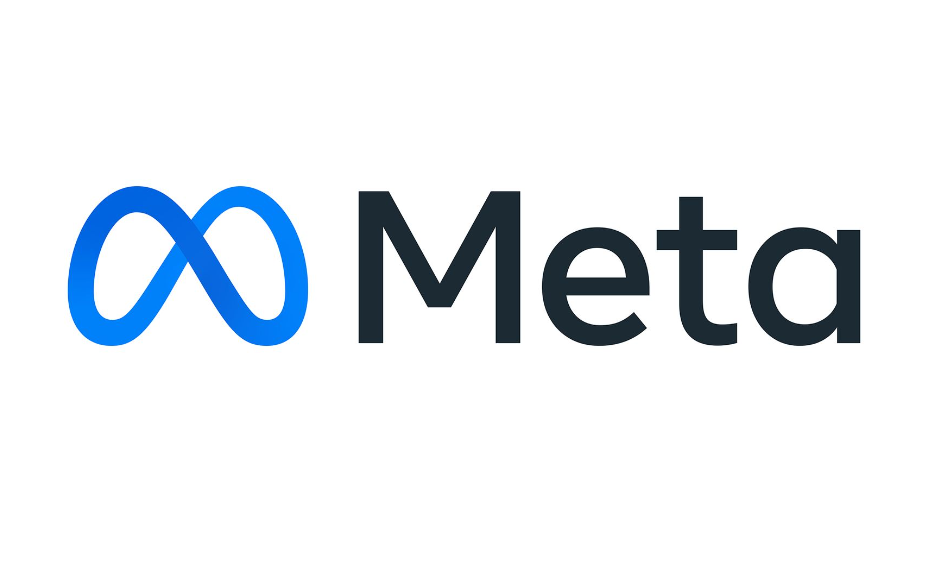With the rapid development of deep forgery technology, network security is facing unprecedented challenges. The proliferation of false information seriously threatens personal and social security. In order to deal with this problem, technology companies have been seeking solutions, among which watermark technology is considered to be one of the effective prevention methods. This article will focus on Meta Video Seal, the latest AI video watermarking tool launched by Meta Company, as well as the technical features and future development plans of this tool.
As deepfake technology becomes more popular, the amount of fake content on the web has exploded. According to ID verification platform Sumsub, the number of deepfakes will quadruple from 2023 to 2024, with deepfakes accounting for 7% of all fraud in 2024. These include identity impersonation, account takeover, and sophisticated social engineering attacks.

To address this challenge, Meta recently launched a new watermarking tool, Meta Video Seal, designed to add an almost imperceptible watermark to AI-generated video clips. The tool is open source and designed to integrate seamlessly with existing software. Meta Video Seal joins Meta's other existing watermarking tools, such as Watermark Anything and Audio Seal.
"We developed Video Seal to provide a more effective video watermarking solution, specifically for detecting AI-generated videos and protecting originality," Meta's AI research scientist Pierre Fernandez told TechCrunch.
Although Video Seal is not the first such technology, DeepMind and Microsoft also have similar video watermarking technology, but Fernandez believes that some existing solutions have shortcomings. He pointed out: "Many watermarking tools are not robust enough in video compression, cannot be widely used on social platforms, and lack openness and reproducibility."
In addition to watermarks, Video Seal can add hidden information to videos to later identify their source. Meta claims that the tool is resistant to common editing operations such as blurring and cropping, as well as popular compression algorithms. However, Fernandez also acknowledges that Video Seal has a trade-off between the perceptibility of the watermark and its robustness against manipulation. Excessive compression and heavy editing can affect watermarks and even make them unrecoverable.
Of course, the bigger challenge for Video Seal is that developer and industry adoption may be low, especially for companies already using proprietary solutions. In order to solve this problem, Meta plans to launch a public ranking list - Meta Omni Seal Bench, specifically used to compare the performance of different watermarking methods, and hold a watermarking workshop at this year's ICLR conference.
Fernandez hopes that more and more AI researchers and developers will integrate some form of watermarking into their work, working with industry and academia to advance progress in this field.
The launch of Meta Video Seal provides a new weapon against deep forgery, but its final effect still needs time and practice to test. Open source and industry collaboration will be key factors in ensuring its effectiveness. Only through the joint efforts of the entire industry can we effectively deal with the challenges brought by deep forgery and maintain the security and order of cyberspace.